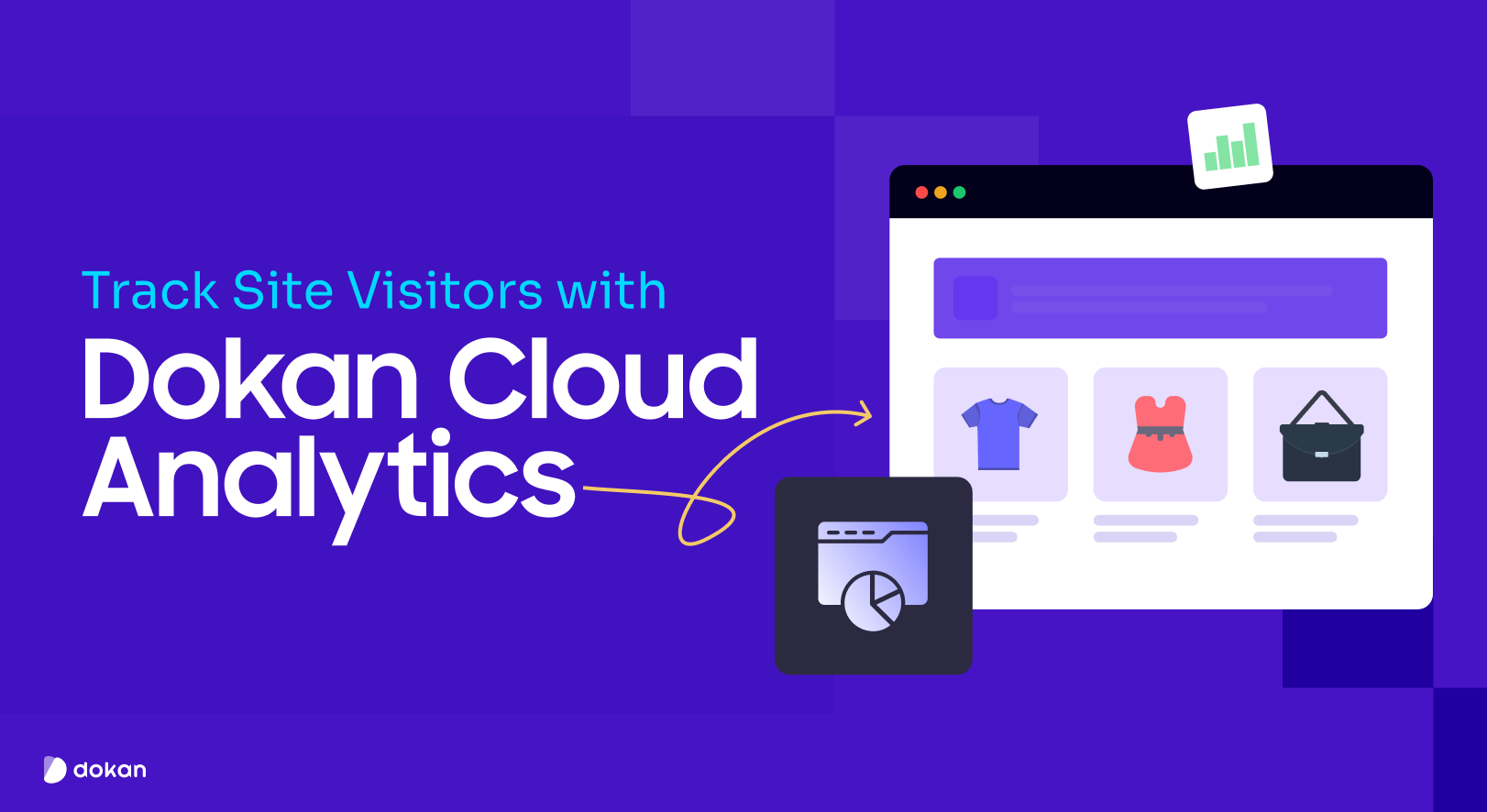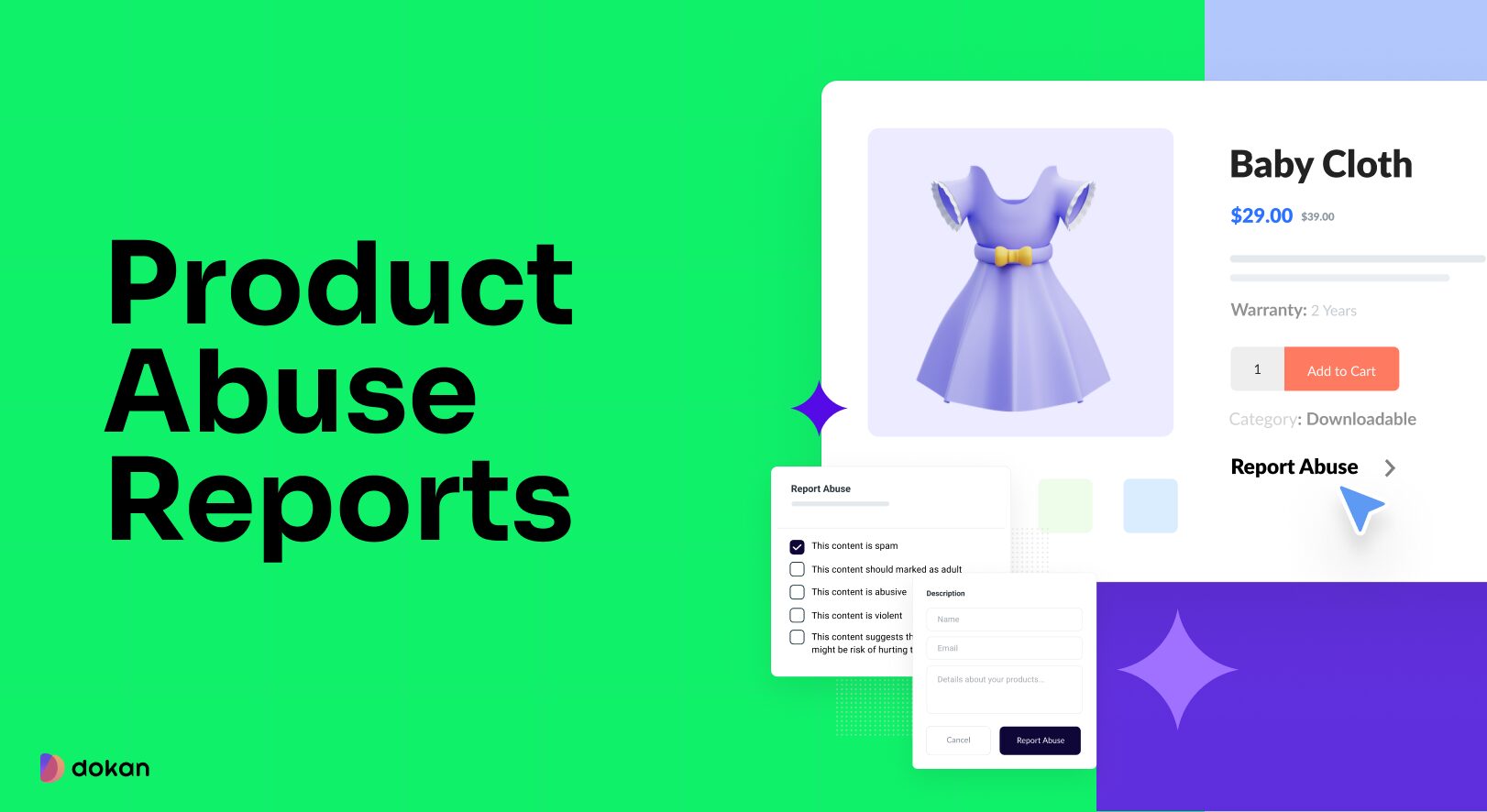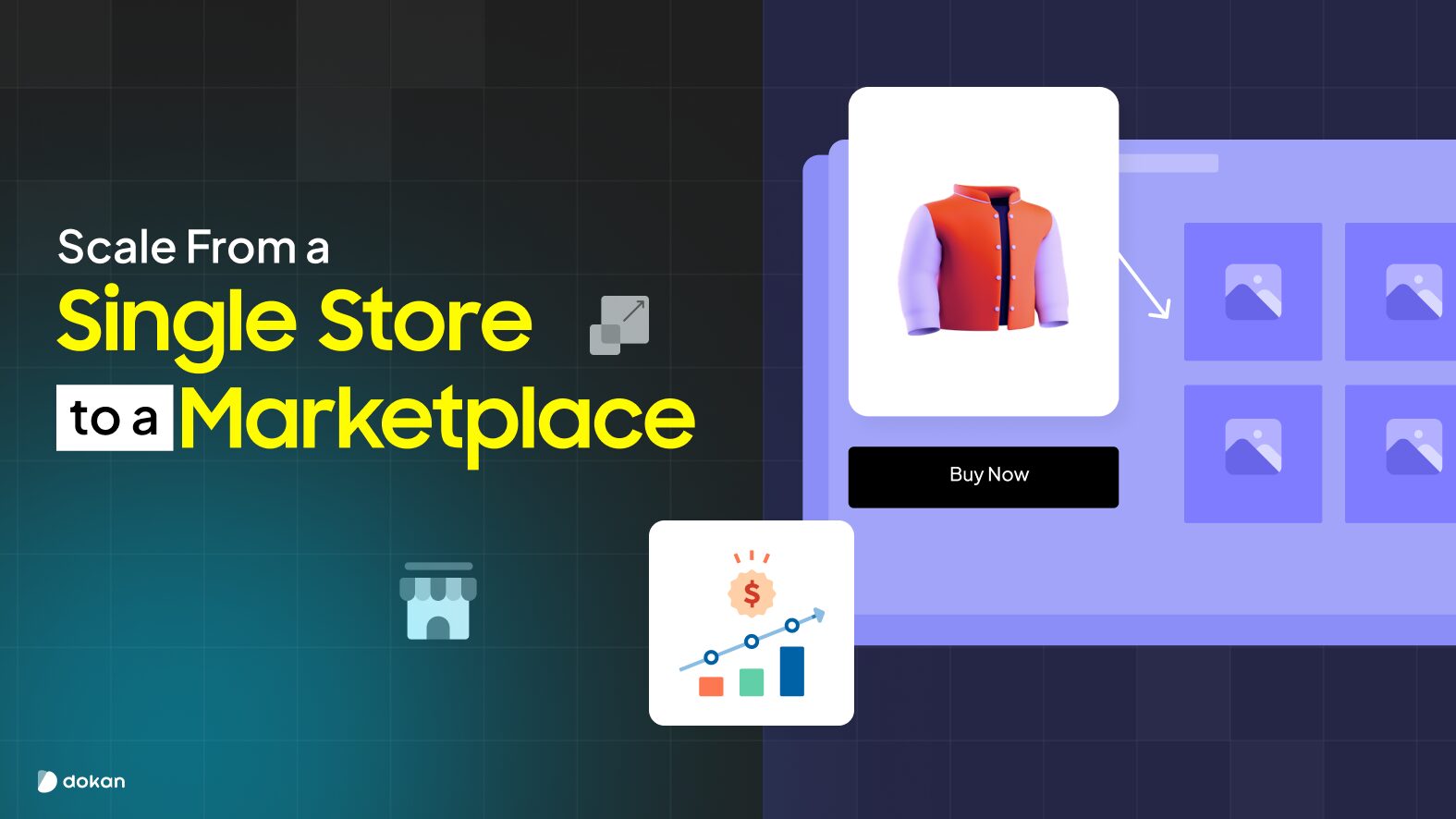Dokan Cloud is a standalone eCommerce platform designed for easy store setup and management. What makes it even more powerful is its marketplace addon, which lets you create a multi-vendor marketplace without any hassle.
This combination gives you a flexible, scalable solution whether you want to run a single store or a full marketplace.
A standout feature of Dokan Cloud is its smooth integration with Google Analytics 4.
This allows you to track visitor behavior and get detailed insights on how your customers interact with your marketplace. You can see which products and vendors attract the most attention, how visitors move through your site, and where improvements can be made.
Let’s show you how Dokan Cloud Analytics works in details-
Why Use Dokan Cloud Analytics?
Running a successful eCommerce marketplace requires more than just listing products. You need to understand your customers’ behavior, preferences, and needs. Dokan Cloud Analytics provides this crucial insight by integrating powerful tracking tools directly into your marketplace.
- Without Dokan Cloud analytics, decisions rely on guesswork rather than facts.
- Dokan Cloud Analytics provides accurate data on visitor interactions with your site.
- You can track which products get the most views and which vendors perform best.
- Analytics reveal how customers navigate through your marketplace.
- This data helps identify strengths and weaknesses in your store.
- Use insights to optimize your site layout and improve user experience.
- Tailor marketing strategies based on real customer behavior.
- For example, if many visitors leave on certain product pages, you can investigate and fix those issues.
- If a vendor drives higher sales, you can promote or support them to increase revenue.
For example, if analytics show visitors frequently drop off on certain product pages, you can investigate and improve those pages.
This data-driven approach helps you grow your marketplace with confidence and precision.
How Google Analytics 4 Helps in User Tracking
Google Analytics 4 (GA4) is the latest generation of Google’s web analytics platform. It offers several improvements over the previous Universal Analytics, especially for eCommerce businesses.
GA4 tracks user interactions across devices and platforms, giving you a comprehensive view of your customers’ journey from first visit to purchase. Its event-based model lets you measure specific actions like product clicks, video views, and checkout steps with more detail.

Additionally, GA4 uses machine learning to predict user behavior, such as likely purchases or churn risks. It also automates insights by detecting trends in your data, so you don’t miss important changes.
For eCommerce marketplaces using Dokan Cloud, GA4 provides:
- More accurate tracking of customer journeys
- Enhanced eCommerce reports focused on sales funnels
- Predictive metrics that help target marketing efforts
- Better integration with Google Ads and other marketing tools
Connecting GA4 with Dokan Cloud ensures you leverage these advanced analytics features to understand and grow your marketplace.
Benefits of Integrating Google Analytics with Dokan Cloud
Integrating GA4 with Dokan Cloud offers many practical benefits:
- Easy Setup: You don’t need technical skills or coding. Simply enter your Measurement ID, and Dokan Cloud handles the rest.
- Centralized Reporting: View key analytics directly within Dokan Cloud’s dashboard, saving time switching platforms.
- Visitor Insights: Understand where your traffic comes from, search engines, social media, or ads, and which channels convert best.
- Product and Vendor Performance: Track which products and vendors generate the most views and sales, helping you make strategic decisions.
- Marketing Optimization: Analyze the success of your campaigns by linking GA4 with Google Ads and other tools, so you spend your budget wisely.
- Improved User Experience: Identify pages where visitors drop off or take longer to convert. Use this data to improve site experience, product descriptions, or checkout flow.
- Real-Time Data: Get up-to-the-minute reports on how visitors behave, helping you respond quickly to trends or issues.
Overall, this integration gives you a powerful, user-friendly way to understand your marketplace performance and take action to grow faster.
How to Connect Google Analytics with Dokan Cloud
Setting up Google Analytics 4 (GA4) with Dokan Cloud is straightforward. Follow these steps to start tracking your marketplace visitors and gain valuable insights.
Step 1: Access Dokan Cloud’s Analytics Integration
Log in to your Dokan Cloud admin dashboard. Go to Integration > Analytics and click the Connect button.
Step 2: Get Your Google Analytics Measurement ID
Create a GA4 account at analytics.google.com if needed. In GA4, go to Admin > Data Streams, add a new Web stream, enter your site URL, then copy the Measurement ID (G-XXXXXXXXXX).
Step 3: Paste Measurement ID
In Dokan Cloud, paste the Measurement ID into the Analytics Integration field.
Step 4: Enable Analytics
Toggle the Enable Analytics option to activate tracking.
Step 5: Save Settings
Click Save to confirm and start sending data.
Step 6: Verify Connection
Check GA4’s Realtime report to confirm visitor activity is tracked.
By completing these steps, your Dokan Cloud marketplace will be connected to Google Analytics 4, giving you detailed data on visitors, products, and vendors. This setup is essential for making data-driven decisions and growing your marketplace effectively.
If you want more details, then you can visit our documentation on how to connect Google Analytics to Dokan Cloud.
Tips on How to Use Analytics Data for Marketing and Growth
Once your Dokan Cloud eCommerce platform is connected to Google Analytics 4, the real power lies in interpreting the data and turning it into action.
Here’s how you can use that data to improve marketing and grow your business:
1. Understand Your Audience
Use demographic and geographic reports to see who your visitors are and where they come from. Are most visitors from a particular country, city, or age group?
This helps you tailor marketing messages, run targeted ads, and create content that appeals to your main audience.
2. Track Traffic Sources
Identify which channels bring the most traffic and conversions like search engines, social media, email campaigns, or paid ads.

If a channel drives lots of traffic but few sales, you may need to optimize the landing pages linked from that channel.
3. Monitor Product Performance
Look at which products get the most views, add-to-carts, and purchases. Focus your marketing budget on promoting top sellers or boosting slow movers with discounts and special offers.
You can also analyze why some products underperform by checking bounce rates and time spent on those pages.
4. Analyze Customer Behavior Flow
GA4 lets you visualize the path visitors take through your site—from landing page to checkout. Use this to identify where users drop off or get stuck.
If many leave during checkout, consider simplifying the process or offering incentives like free shipping.
5. Segment Your Customers
Create segments in GA4 to group users by behavior, like frequent buyers or first-time visitors. Use this to personalize marketing campaigns.
For example, send special offers to returning customers or welcome emails with product suggestions to new visitors.
6. Measure Campaign Effectiveness
Track the performance of your marketing campaigns by setting up UTM parameters and monitoring conversions. This helps you know which ads or emails generate the best return on investment (ROI) so you can allocate budget wisely.
7. Use Predictive Metrics
GA4’s machine learning features predict future customer actions like likelihood to purchase or churn. Use these insights to proactively target high-value customers with loyalty programs or re-engage at-risk customers with special deals.
8. Optimize Mobile Experience
Check mobile traffic data to ensure your site works smoothly on phones and tablets. If bounce rates are higher on mobile, it might be time to optimize your mobile design or speed to prevent losing sales.
9. Set Up Goals and Alerts
Define key goals such as completed purchases, newsletter signups, or product reviews. Set alerts to notify you of sudden changes in traffic or sales so you can respond quickly.
Using Dokan Cloud Analytics combined with Google Analytics 4 data gives you a clear picture of your marketplace’s health and customer preferences. When you turn this data into informed marketing strategies, you can increase traffic, improve conversions, and grow your business faster.
Make Smarter Decisions with Dokan Cloud Analytics
Dokan Cloud Analytics, powered by Google Analytics 4, gives you the tools to understand your eCommerce site like never before. By tracking visitor behavior, product performance, and vendor activity, you gain valuable insights that help you make smart decisions.
Integrating GA4 with Dokan Cloud is easy and puts powerful data at your fingertips. With these insights, you can improve user experience, optimize marketing, and grow your sales more effectively.
Start using Dokan Cloud Analytics today to turn data into action and build a thriving, successful online marketplace.
Subscribe to
Dokan blog
We send weekly newsletters, no spam for sure!







Leave a Reply